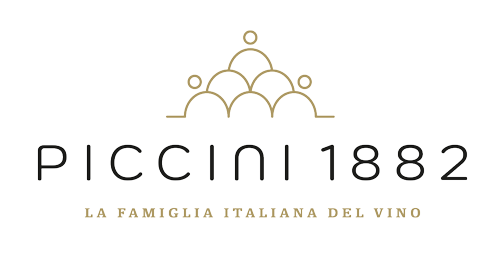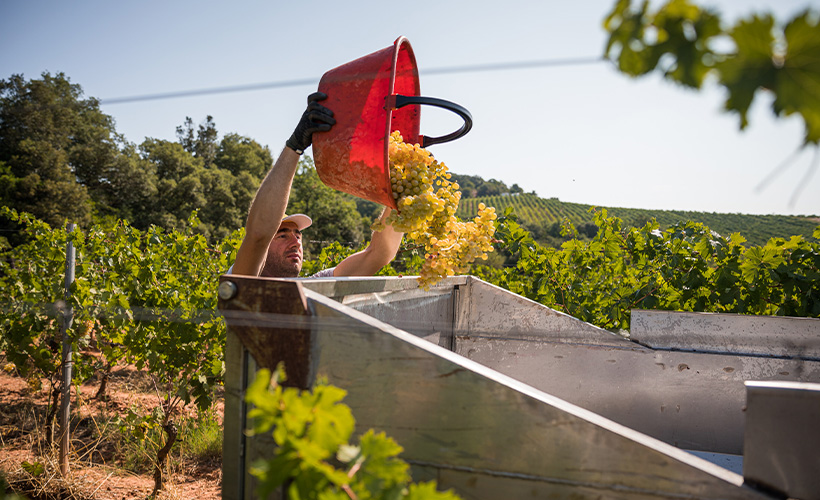Whether because of their lively effervescence or their pleasantness, bubbles have always boasted a special appeal. Yet, barely 400 years have passed since man discovered the secrets of sparkling wine making. But how are bubbles produced?
There is more than one way to make sparkling wine, the oldest and most widespread being the so-called Metode Clax, used in the production of Champagne. Born in France, in the 17th century, the Metode Clax involves a second fermentation of the wine directly in the bottle. After receiving an initial fermentation, the wine is bottled, adding sugars and yeasts that form the so-called liquer de tirage. Slowly, yeasts act by converting sugars into alcohol and carbon dioxide, producing the characteristic bubbles (perlage). Exposure to yeast can last from a minimum of 18 months, up to many years, making, as time passes, the wine’s organoleptic profile become increasingly elegant and complex. This chemical reaction produces residues, the yeast lees. To facilitate their removal, the bottle is gradually rotated until it reaches a vertical position, allowing the residues to collect along the neck of the bottle. To compensate for the loss of wine volume, due to lees removal, a special sugar solution is added ( liqueur d’expedition) whose composition varies from winery to winery.
For a long part of the history of wine, this was the only known process, until the tail end of the 19th century, when a Piedmontese winemaker revolutionized the world of wine. We are talking about Federico Martinotti, born in 1860, a native of Villanova Monferrato. An upstanding man of great scientific rigor, Martinotti patented an innovative method in the art of producing bubbles, developing the second fermentation not in the bottle, as with the Metodo Classico, but in a large iron vessel, thus lowering production costs. The process was later refined and put into practice by Frenchman Eugene Charmat in the early 1900s. Thus was born the Charmat-Martinotti Method, which involves a second fermentation in stainless steel autoclaves. Here, the wine ages on the lees for a few months, producing wines which while not touching the heights of the Metodo Classico, boast great freshness and an intense flavor profile.







